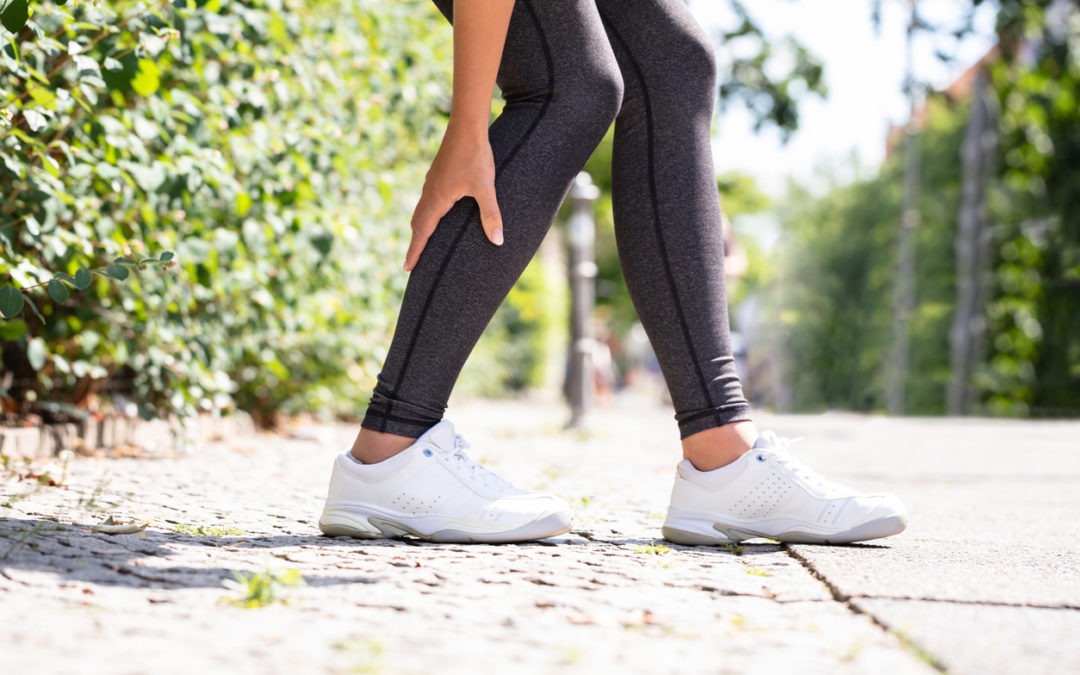Roughly one percent of Americans suffer from painful and debilitating venous skin ulcers. Wondering whether you have a venous leg ulcer and what you can do about it? Read on for a comprehensive look at venous leg ulcers and their management.
How to Get Rid of Your Venous Leg Ulcer
While ulcers can affect any area of the skin, they most commonly occur on the legs. In addition to being unsightly, venous leg ulcers are often painful. This is especially when they become infected. The good news is that proper care and treatment can facilitate healing.
What Does a Venous Leg Ulcer Look Like?
Ulcers are open sores on the skin, also called varicose ulcers. Venous leg ulcers are slow-healing sores that form on the lower legs between the knee and ankle. They’re most common on the inside of the leg on or near the ankle. These large, shallow ulcers have uneven edges and may be accompanied by redness, flaking, swelling, and discoloration. Venous leg ulcers may also drain or “weep” foul-smelling pus.
How Venous Leg Ulcers Develop
Veins are blood vessels that carry blood to the heart; one-way valves inside the veins prevent this blood from flowing backward. Venous leg ulcers usually occur when these valves become damaged in a process called venous insufficiency. This allows blood to pool in the veins of the legs. Thus, increasing blood pressure and preventing the flow of nutrients and oxygen to the tissue. Over time this kills cells, damages the tissue, and leads to the development of a leg ulcer.
In addition to being more typical in older people, venous leg ulcers are also more common in women and in older adults. Several other factors may also increase the risk of venous leg ulcers, including varicose veins, blood clots, muscle weakness in the legs, leg injury or trauma, immobility, pregnancy, obesity, heredity, smoking, cancer, and phlebitis.
Are Venous Leg Ulcers Painful?
Venous leg ulcers are often painful. They may also be accompanied by cramping, a feeling of heaviness, itching, tingling, and/or a burning sensation.
While venous leg ulcers can be superficial, they can also penetrate the surface to reach the fat, muscle, tendon and bone below the skin. This can cause increased pain, infection, and longer healing times.
Speaking of healing times, while it is possible for a venous leg ulcer to heal on its own, many venous leg ulcers require medical intervention, such as compression stockings, diuretics and anticoagulants. More serious cases of venous insufficiency may call for other measures, such as laser therapy, microsurgery, injection compression therapy, or compression bandaging.
One last thing to keep in mind about venous leg ulcers: While the treatment of an ulcer on leg is important, so is addressing the underlying issues that led to its formation in the first place. The internationally known phlebologists at Schulman Vein And Laser Center specialize in the latest vein specialty treatments. To learn more about venous leg ulcers or to meet our vein physicians in New York, visit our website today or fill out our online appointment form to take the first step toward better vein health today.

